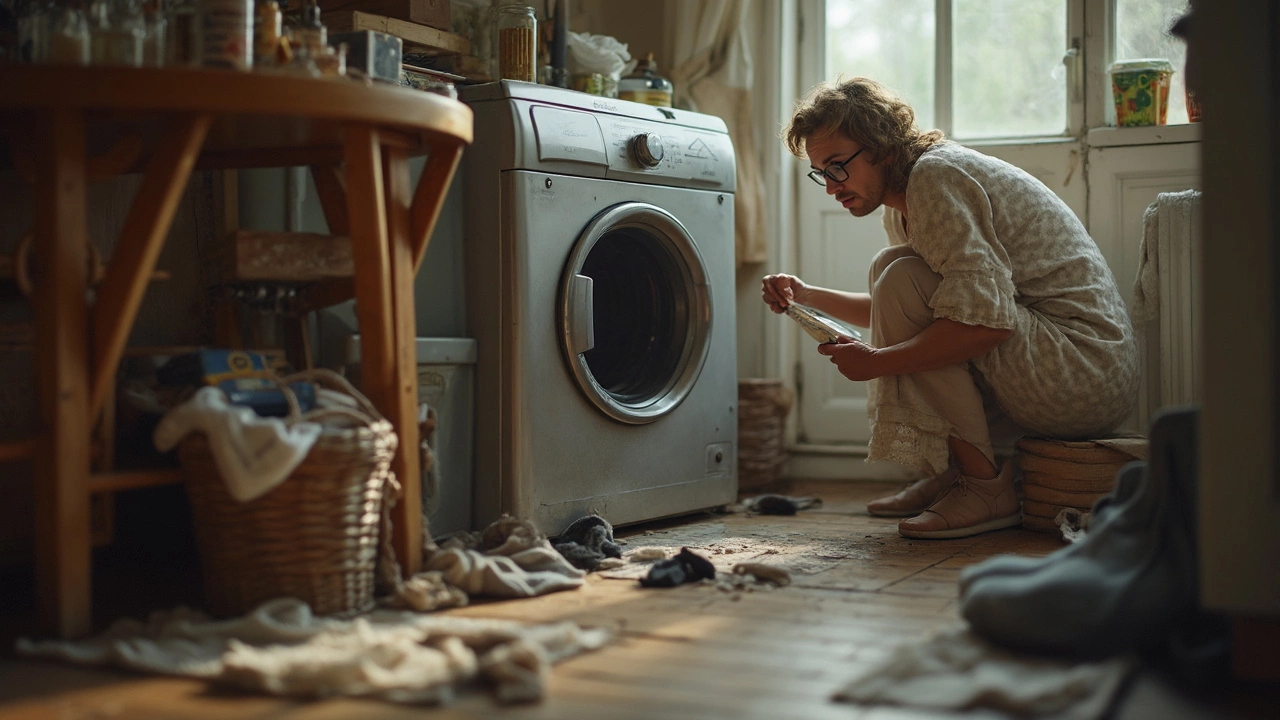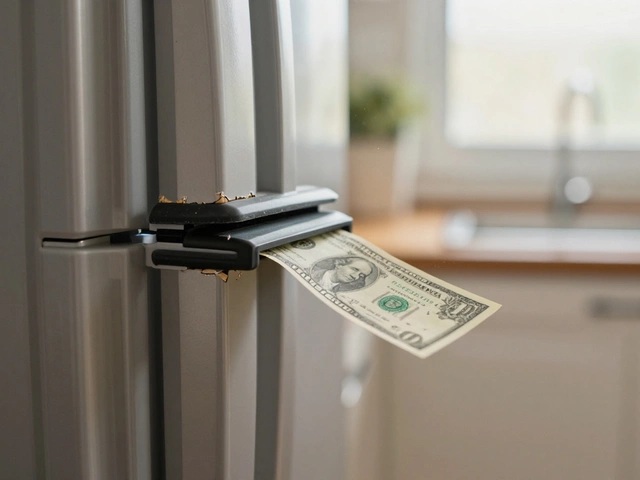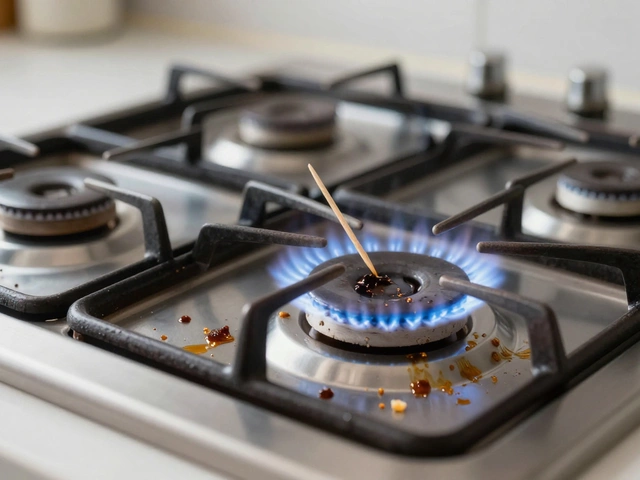Dryer Lifespan: What to Expect and How to Extend It
If you’ve ever wondered why your dryer starts making weird noises or takes forever to dry a load, the answer often lies in its age. Most tumble dryers are built to last between 8 and 12 years, but real‑world results can swing higher or lower depending on use, maintenance, and the model you bought. Understanding the factors that wear down a dryer helps you plan repairs before they become expensive breakdowns.
One of the biggest culprits is the drum belt. Over time it stretches, cracks, or snaps, and a slipping belt makes the drum turn unevenly. Replacing the belt is cheap, but if you ignore the warning signs – a squealing sound or slower spin – you’ll waste energy and your clothes will stay damp.
How Usage Patterns Impact Longevity
How often you run the dryer matters more than you think. A machine that sees a couple of loads a week will outlive a household that dries ten loads daily. Heavy loads also put extra strain on the motor and heating element. If you need to dry many items, consider splitting the load or using a lower heat setting to reduce stress.
Vent cleaning is another easy win. A clogged vent forces the dryer to work harder, raising the internal temperature and accelerating wear on the heating element and thermostat. Check the vent hose every three months, pull out any lint, and make sure the outside vent flap opens freely.Regular cleaning of the lint filter does the same thing on a smaller scale. A full filter cuts airflow, which again makes the motor run hotter. It’s a habit that takes a few seconds but saves years of wear.
Signs It’s Time to Replace the Dryer
Even with good care, parts will eventually fail. Here are the red flags that show a replacement is smarter than another repair:
- Repeated heating element failures – swapping it once is fine, but if it blows a second time, the dryer’s internal wiring may be compromised.
- Motor that hums but doesn’t spin – often a sign of worn bearings that are costly to replace.
- Energy bills spiking while the dryer still runs the same cycles – an old motor or aging insulation can waste power.
- Rust or corrosion on the drum or door seal – water intrusion shortens the machine’s life and can cause electrical hazards.
If you see two or more of these issues, weigh the repair cost against the price of a new, energy‑efficient model. Modern dryers use sensors to stop when clothes are dry, saving both money and the environment.
When shopping for a replacement, look for an Energy Star rating and a decent warranty. A dryer that’s built to run ten years with a solid warranty can pay for itself in lower electricity bills.
Bottom line: keep the drum belt tight, clean the lint filter and vent regularly, and listen for odd noises. These simple steps can push a dryer well beyond the 10‑year mark. When the machine starts costing more in parts and power than a new one, it’s time to say goodbye and upgrade.
How Many Years Does a Dryer Last? Lifespan, Care, and Repair Tips
- Alden Wilder
- May 8 2025
- 0 Comments
Wondering how long your dryer will actually last? This article digs into the typical lifespan of a home dryer, explains what really causes dryers to die earlier, and points out a few signs your machine might be calling it quits. You'll also get practical tips to squeeze extra years from your dryer and handle simple repairs without calling in a pro. Expect straight answers, no nonsense, and some surprises if you've never thought about dryer care and repair before.
View More




